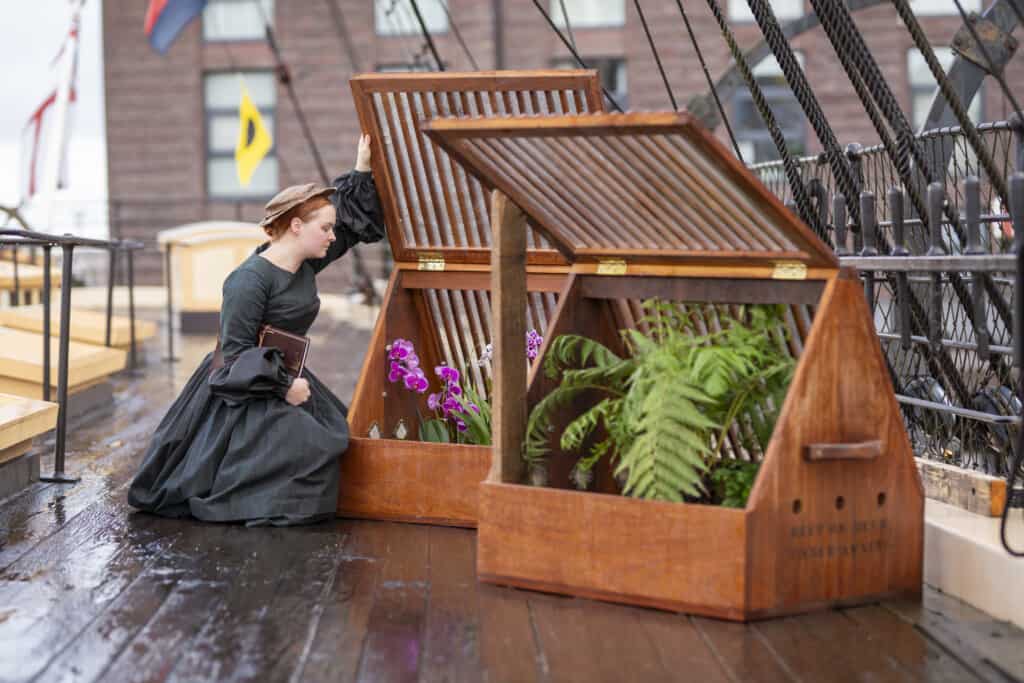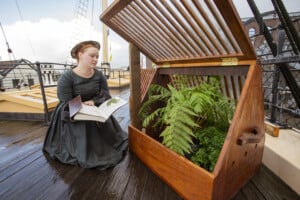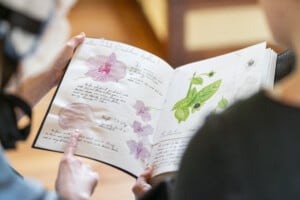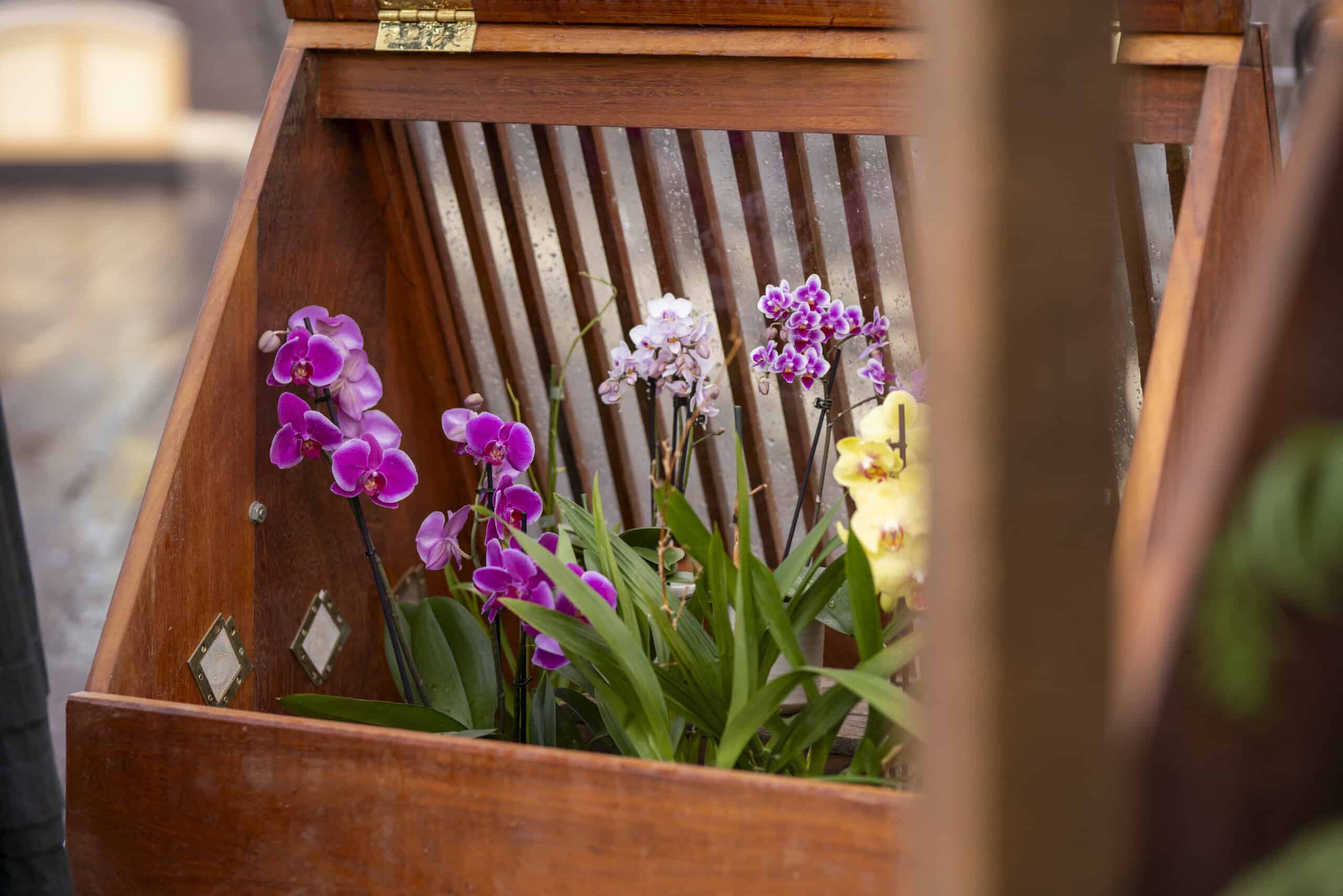Plants Crossing Continents

In 2024, our ship will be transformed into a floating garden as we explore the vital role of steamships like the SS Great Britain in the global migration of plants. Botany is an exciting new theme for us and we’re sure many of our visitors will be surprised to discover fascinating connections to the history of plants that grow in their own gardens.
We’ll be unearthing the stories behind the world’s first travelling terrariums, revealing our on-board botanist character, tracking down Victorian ‘plant hunters’ and much more. There’ll be family crafting, botanical themed workshops and a brand-new Plant-based Discovery Talk set to take place throughout 2024.
So, step aboard! To explore how plants crossed continents in the 1800s and the lasting impact it has had on our world today. Read on for more information.
Why Botany?

The global migration of plants reached its peak in the Victorian period thanks to steamships like the SS Great Britain. Steamships were much faster than sailing ships, meaning that plants had a better chance at surviving long journeys than ever before.
In addition, the invention of an early sea-going terrarium in 1833 known as the Wardian case meant that plants could be watered just once on a journey, sparing precious water rations on board. Before this, the survival rate of plants ranged from 1-33%. With the introduction of Wardian cases, almost all live plants made it to their destination.
Of course, this mass migration of plants has had a lasting impact on our world today, both positive and negative. We’re lucky to have many trees and flowers adorning our parks and gardens that are not native to the UK, while the invasive species of plants exported to Australia have had a huge effect on the natural environment.
This spring, we’ll be installing six replica Wardian cases planted up with different flowers, ferns, food and saplings that the ship transported around the world. Follow us on social media or sign up to our e-newsletter to be the first to hear about these extraordinary living exhibits.
Botany on Board the SS Great Britain

In the mid-1800s, the SS Great Britain carried precious cargo from England to Australia and back. Plants from England were taken out to newly established nurseries and gardens in Australia, where British colonists wanted to grow the crops they were used to eating at home and re-create the English countryside in their gardens and wider landscape.
Back in the England, there was a huge demand for exotic plants. ‘Fern fever’ had gripped Victorian Britain and Australian ferns were heavily imported and mass-marketed at low prices. An obsession with orchids also drove plant hunters to import rare species of them. In the 1850s, an orchid could sell for up to £300 – that’s around £25,000 in today’s money.
New Living Exhibits
This spring, the ship’s weather deck will display six beautifully reconstructed Wardian cases for visitors to explore. Wardian cases were mini glass houses which, in 1833, were adapted to transport living plants on the decks of ships across the oceans.
Read our blog or hear from a Victorian botanist to find out more about Wardian cases!

What’s a Wardian case?
Hear about Wardian Cases from our Victorian botanist



